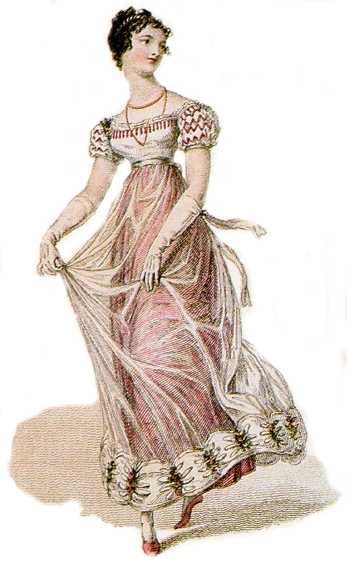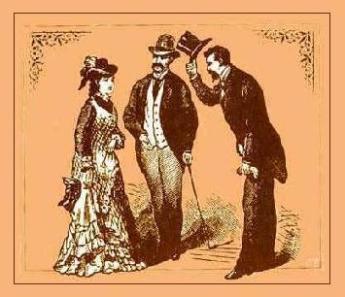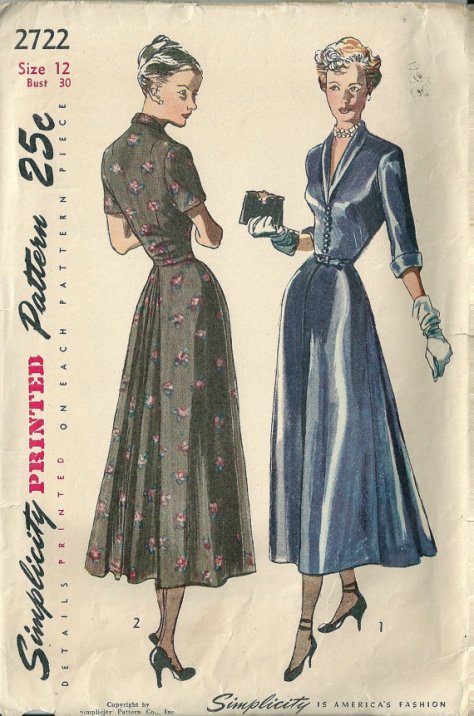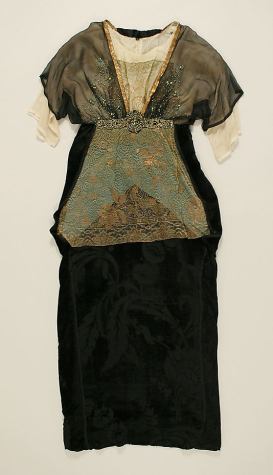In brief lulls between sewing (cash-generating alterations only, folks, so no new work photos at the moment. Nothing exciting being finished right now!) and studying, I’ve been carving out some relaxation time with a novelist that I’ve been meaning to get into for a while but never, for some reason, made it past the first couple of pages on previous attempts. Georgette Heyer has been credited with creating the historical romance as we know it today. She was a prolific author from the 1930s until her death in the 1970s, setting many of her novels in the world of Regency England. Romance is the key word in that description. If you you do not like your plots predictable, your heroines atypical of their time – but still beautiful and genteel – and your heroes, well, heroic, then I doubt very much you’ll enjoy any of the four works I’ve read so far (so maybe there was more reading than there should have been. But in my defence, I was in serious need of something to keep my mental attention while I hand hemmed four dresses, reconstructed a fully lined jacket, and took up 8 pairs of trousers…).
The stories are light enough to fly away, but enjoyable all the same, once you get past the fact that you know exactly how they are going to end. I think it was this that held me back from them for so long. As someone who has long scoffed at romance, I find it hard to admit that I now have a sneaky liking for it, arrived at by way of chick lit. But it’s true. I do enjoy something light, fluffy and easy to get through in a single sitting (provided that sitting is something like 7 hours long, that is). What I don’t like is the apparent lack of awareness of fashion int he regency period displayed in the books so far. Sure, there are passing mentions of muslin, an awareness that the fast set would damped their skirts to make them cling to the body, but the remaining descriptions sound like they are much later in the nineteenth century. And it bugs me, even when my brain is switched off by the rest of the book. It seems that they hoped to get by with references to muslin and the occasional pelisse – seemingly the only phrases really known by the author. But the lack of detail about dress sets the novels apart from the genuine regency article. And it is disappointing.
I haven’t read all of the novels written by Heyer – although I have a goodly number of them queued up on my kindle for perusal at a later date – but so far I find her novel entertaining enough, if formulaic. I will no doubt read many more them. But for all that, I prefer Phillipa Gregory for my history. Sure, she is also capable of playing fast and loose with historical fact and the film adaptations of her novels are guaranteed to send me into paroxysms when the female leads drop their dress to be completely naked underneath, but for all that there is at least an outward appearance of research. Gregory knows the facts before she meddles with them. Heyer, I’m convinced, just made them up to suit her. I’ll still be reading her though. It’s like car crash fiction – terrible, but at the same time, you have to look.








